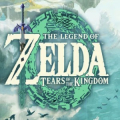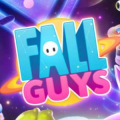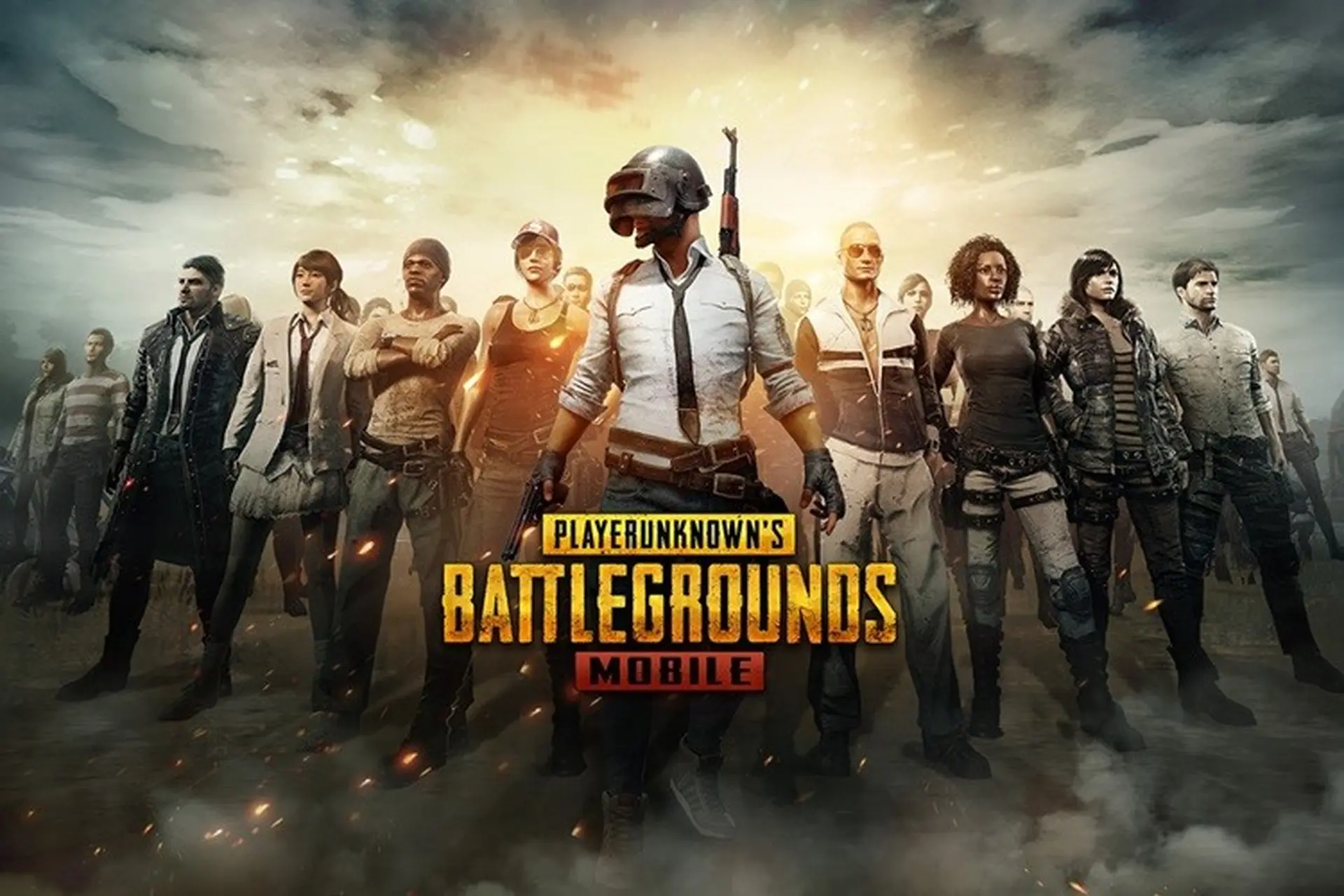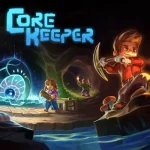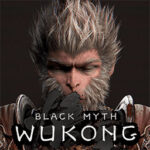Popular Now
Introduction
When Grand Theft Auto V released in 2013, it redefined open-world gameplay. But what was merely a single-player crime epic quickly evolved into a massive online universe with GTA Online. This persistent multiplayer world allowed players to earn cash, purchase property, compete in missions, and live out criminal fantasies. However, over the years, GTA Online has become less of a crime simulator and more of an economic battleground. Hyperinflation, microtransactions, and broken progression systems have transformed the game's experience, especially for new players. In this article, we will explore the rise and consequences of inflation in GTA Online's economy, from its humble beginnings to its unsustainable present.
1. The Early Economy: Earning Your Criminal Empire (2013–2014)
When GTA Online launched, the economy was relatively grounded. Players earned money through:
-
Heists
-
Missions
-
Selling stolen cars
-
Holding up convenience stores
A Time of Balanced Progression
During this period, prices were modest. A decent apartment cost around $100,000, and vehicles like the Elegy RH8 were free with a Rockstar Social Club account. Earning money took effort, but the time-to-reward ratio felt fair.
The Role of Skill and Strategy
Success relied on planning, communication, and skillful execution. The economy encouraged methodical play, making every dollar earned feel meaningful.
2. The First Signs of Inflation: Shark Cards and Market Manipulation (2014–2015)
The introduction of Shark Cards—GTA Online’s premium currency packs—marked a turning point. These microtransactions allowed players to instantly buy in-game cash with real money.
H3: Breaking the Earning Curve
Prices began to rise subtly. Rockstar introduced new cars, planes, and apartments with price tags clearly tailored for Shark Card buyers.
-
High-end cars jumped to over $1 million
-
New apartments crept toward $500,000
-
Businesses started appearing with million-dollar investments
H4: The Wealth Gap Emerges
Early adopters and Shark Card buyers surged ahead, while grinders struggled to keep up. This created a wealth gap—one of the first visible symptoms of economic imbalance.
3. The Heist Update: A Temporary Balancing Act (2015)
The 2015 Heists update gave players a legitimate path to earn large sums of money. Missions like the Pacific Standard Job offered around $1 million in total take, split among four players.
A Breath of Fresh (Criminal) Air
For a moment, Rockstar achieved a balance: high-risk, high-reward content that matched the increasing cost of in-game items. It also encouraged teamwork and replayability.
But the Bubble Grew
Despite this update, new content continued inflating. Players still had to grind repeatedly to afford newer, more expensive items—especially if they wanted to keep up with others in Freemode.
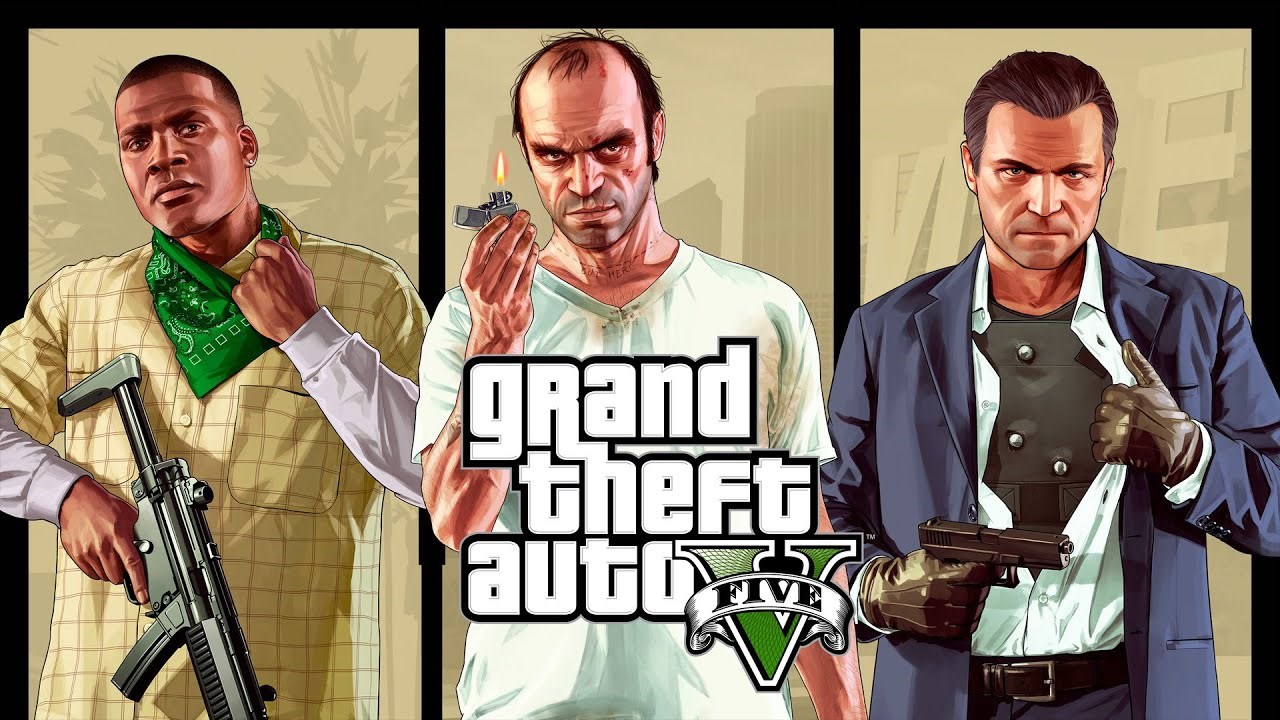
4. Business Boom and Runaway Inflation (2016–2018)
Between 2016 and 2018, updates like Executives and Other Criminals, Gunrunning, Import/Export, and Nightclubs flooded the game with high-priced businesses and vehicles.
The New Cost of Entry
Becoming a CEO required a $1M office
Starting a Gunrunning operation demanded a bunker for $1.2M+
Nightclubs, MC Clubs, and special vehicles added layers of expensive gameplay
This restructured GTA Online into a "pay-to-participate" economy. New players were either forced to grind excessively or buy Shark Cards.
The Rise of Passive Income
These businesses introduced passive income, which, while convenient, further destabilized the economy. Veteran players with multiple businesses could rake in millions per hour—creating a new economic elite.
5. Hyperinflation Takes Over: The Era of Flying Bikes and War Machines (2018–2020)
One of the most infamous additions to GTA Online was the Oppressor Mk II—a flying motorcycle armed with homing missiles, costing over $3 million with upgrades.
H3: The Power of Purchasing Power
With enough money, players could dominate entire sessions:
-
Insta-kill vehicles
-
Armored tanks and jets
-
Orbital cannons (yes, literal space lasers)
The gameplay became imbalanced. Rich players could grief others with near impunity.
H4: The Grief Economy
This turned GTA Online into an arms race. To survive, players had to buy the same tools of destruction. Grinding wasn't just optional—it became a requirement for survival.
6. New Players in a Broken System (2020–2022)
Newcomers entering GTA Online faced an impossible curve. They were thrown into lobbies where experienced players wielded multi-million dollar arsenals.
Starting at a Disadvantage
New players had few ways to compete:
-
Missions paid poorly
-
Vehicles were slow and unarmed
-
Death came quickly in open-world sessions
Unless they invested real money, progression felt like climbing a mountain with no gear.
The Disillusionment of Grind Culture
Even those who tried grinding found it exhausting. The time investment needed to reach "competitive" levels in Freemode could span 100+ hours—without counting skill.
7. Rockstar's Response and Mixed Signals
Rockstar attempted some solutions:
-
Daily login bonuses
-
The Diamond Casino Heist with scalable payout
-
Free $1 million monthly rewards for PS Plus members
-
Rebalancing heist payouts in 2021
Token Gestures vs. Structural Fixes
While helpful, these gestures didn't address the root cause: runaway pricing and power creep. The core economy remained bloated, and high-end items continued launching at ever-increasing prices.
H4: Contradictions in Design
Rockstar encouraged players to grind, yet sold Shark Cards as a shortcut. This duality undermined the gameplay loop, creating a system that punished players who tried to progress “honestly.”
8. The Effects on Player Behavior and Culture
The inflated economy has had profound social effects on GTA Online:
-
Toxicity and griefing became rampant
-
Roleplaying servers like NoPixel surged as players fled chaotic public lobbies
-
Solo grinding replaced cooperative play
The Death of Spontaneity
Originally, GTA Online was a sandbox for unpredictable fun. Now, it’s segmented into grinders, griefers, and modders—each occupying different corners of the map.
The Undermining of Community
Co-op heists and missions used to foster teamwork. Now, many players are reluctant to work together unless profits are guaranteed and roles strictly defined.
9. Modding, Exploits, and an Underground Economy
Economic imbalance also incentivized cheating. Players used mod menus to:
-
Spawn money
-
Duplicate cars
-
Teleport through missions
Rockstar’s Cat-and-Mouse Game
Despite regular ban waves, modders often returned, wreaking havoc on the economy and further demoralizing legitimate players.
H4: Black Market Services
A cottage industry of third-party services emerged—selling in-game currency, boosted accounts, and fast-tracked progress. This further fractured the game’s integrity.
10. What Can Be Done? The Road to Economic Reform
As GTA Online nears the end of its lifecycle, what lessons can be applied to the inevitable GTA VI Online?
Proposed Solutions
-
Dynamic pricing based on player level
-
Item-level matchmaking to separate new and experienced players
-
Capped power scaling so expensive items don't become game-breaking
-
More engaging free content that isn’t tied to economic investment
-
Hard currency caps and devaluation systems to avoid hoarding
A Fairer Future?
The dream of GTA Online was a criminal sandbox where skill, creativity, and teamwork shaped outcomes—not wallets. If Rockstar is to maintain that dream in future iterations, serious economic reform is necessary.
Conclusion
The economy of GTA Online has slowly morphed from a tool of progression into a barrier of participation. What began as a balanced grind has become an inflation-riddled ecosystem where the rich dominate and the new are left behind. Shark Cards, passive income systems, and power-creep have shifted the gameplay from creative chaos to economic determinism. Rockstar's efforts to patch the system have been piecemeal, failing to address core structural problems. As we look to the future with GTA VI, the lessons of this economic collapse must inform a more sustainable, fair, and engaging online world.

